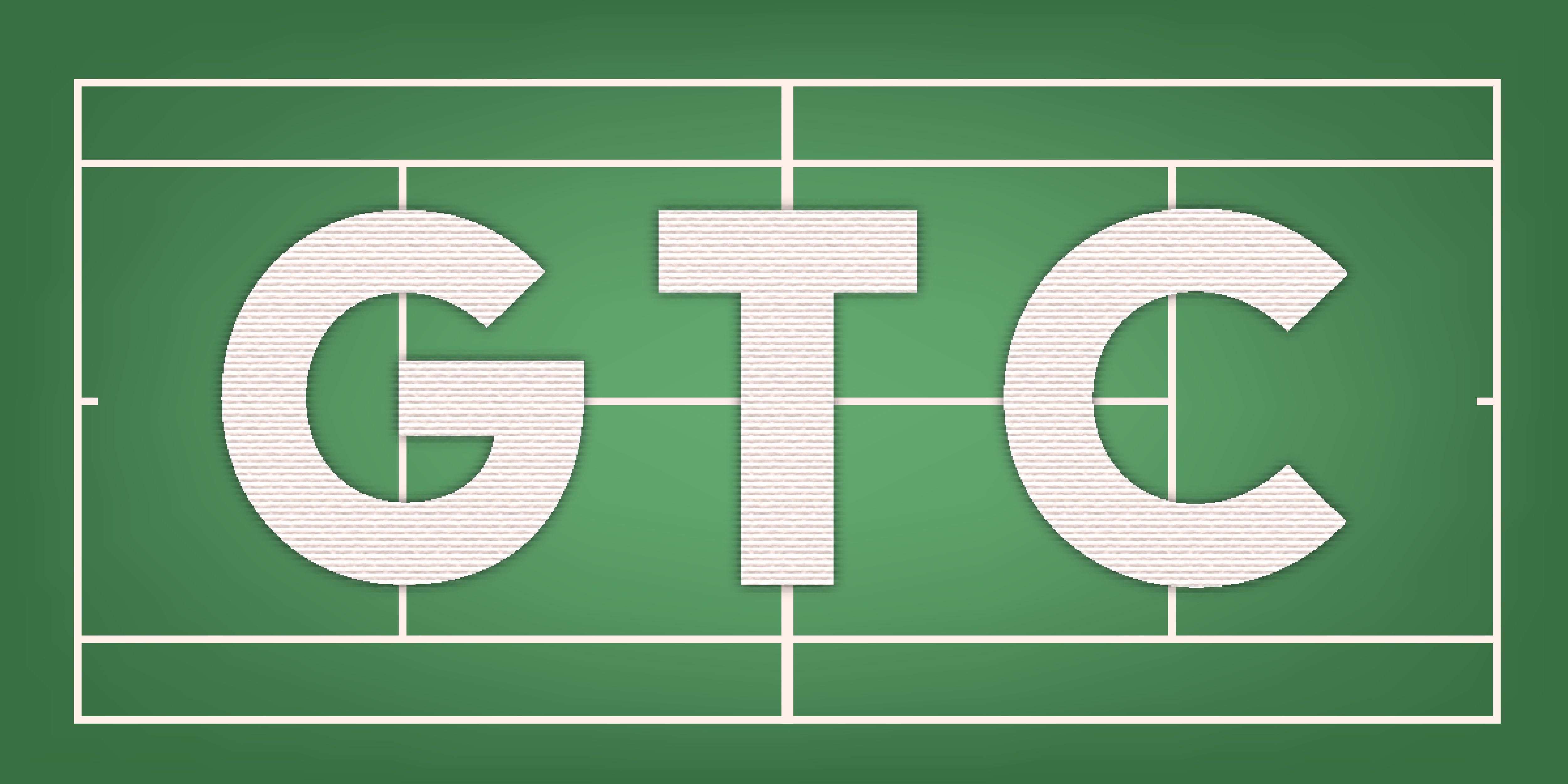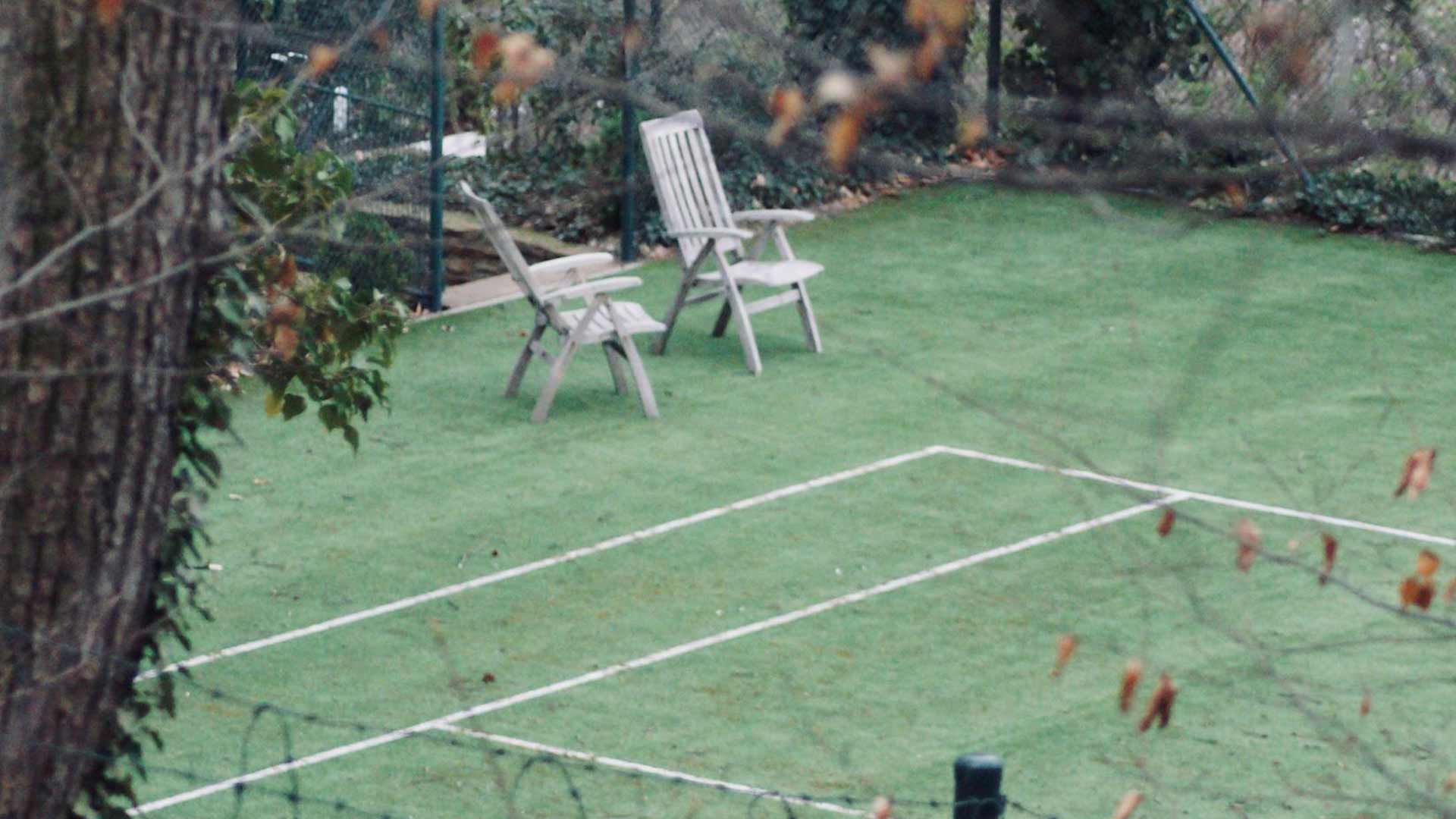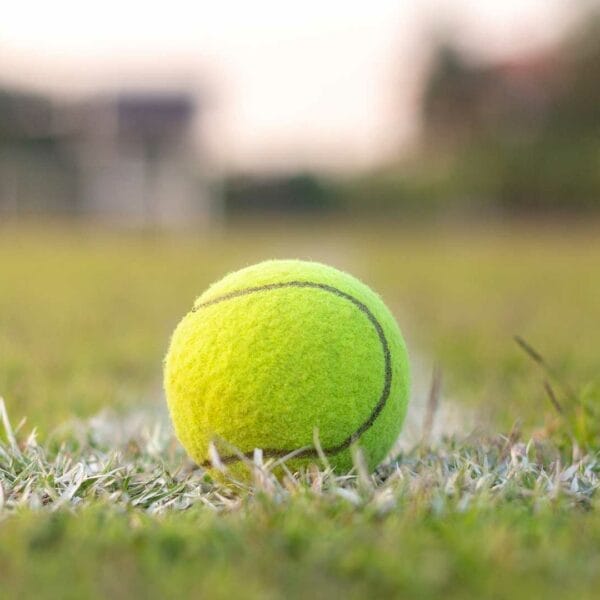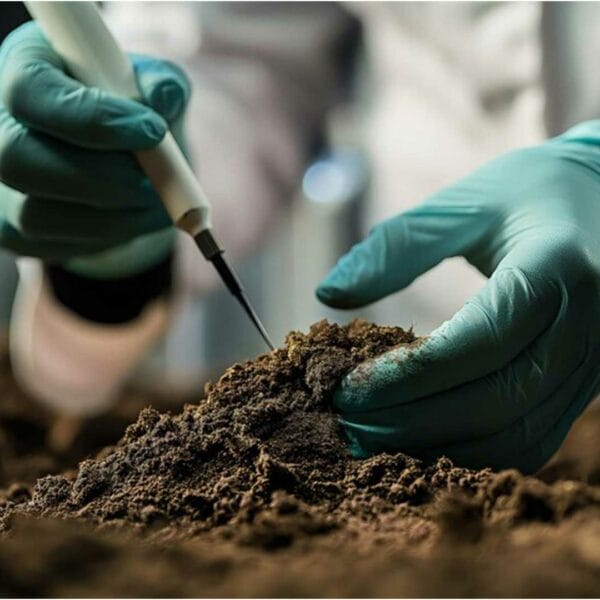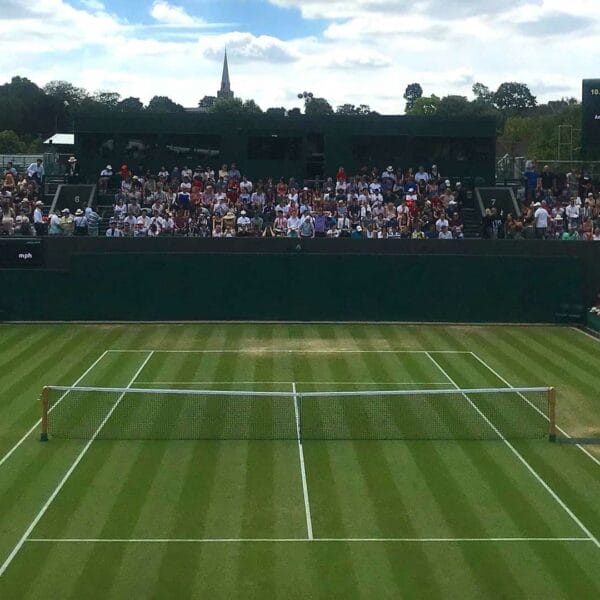How does the speed of play on a grass tennis court compare to other court surfaces?
Tennis is a fast-paced sport played on various types of court surfaces, each offering unique characteristics that affect gameplay. The choice of surface can significantly influence the speed of play, ball bounce, and overall player experience. To understand how the speed of play on a grass tennis court compares to other surfaces, let’s delve into the world of tennis court surfaces.
There are four primary types of tennis court surfaces: hard courts, clay courts, grass courts, and synthetic courts. Each surface has its own set of advantages and disadvantages, which impact the game in distinct ways. Hard courts, made from acrylic or asphalt, offer a smooth playing surface with minimal ball bounce. Clay courts, composed of crushed stone or brick dust, have a higher ball bounce due to their textured surface. Grass courts, featuring natural or artificial turf, provide a soft and uneven playing surface with a moderate ball bounce.
The differences between these surfaces are crucial in determining the speed of play, as they affect the ball’s movement, spin, and trajectory. For instance, grass courts tend to produce faster serves and shots due to the lower friction and reduced ball bounce compared to clay courts. In contrast, hard courts often result in slower serves and shots because of the higher friction and more consistent ball bounce.
Understanding the characteristics of different tennis court surfaces is vital for players, coaches, and spectators alike. By grasping the nuances of each surface, individuals can better appreciate the challenges and opportunities presented by each type of court. This knowledge also enables players to adapt their strategies and techniques to optimize their performance on specific surfaces.
In the following sections, we will explore the factors affecting the speed of play on grass courts, compare the speed of play on grass versus hard courts and clay courts, examine the impact of weather conditions and ball bounce on grass courts, discuss player preferences and adaptations, analyze tournament outcomes and surface speed, and investigate the evolution of grass court technology and its effects.
Factors Affecting Speed of Play on Grass Courts
The speed of play on a grass tennis court is influenced by several key factors, including the grass’s quality, the court’s maintenance, and environmental conditions. High-quality grass courts with dense, even blades tend to produce faster serves and shots due to the low friction and consistent ball bounce.
One critical factor affecting the speed of play on grass courts is the moisture level of the grass. When the grass is too dry, the ball tends to bounce higher and faster, resulting in quicker serves and shots. Conversely, when the grass is too wet, the ball bounces lower and slower, making it more challenging for players to generate power and speed. Maintaining optimal moisture levels through regular watering and drainage systems is essential for achieving a consistent speed of play on grass courts.
The temperature is another significant factor influencing the speed of play on grass courts. Warmer temperatures typically lead to faster serves and shots, while cooler temperatures result in slower play. Additionally, wind conditions can also impact the speed of play, with strong gusts affecting the ball’s trajectory and reducing the effectiveness of serves and shots.
Grass court maintenance is crucial for maintaining a consistent speed of play. Regular mowing, aerating, and brushing help maintain an even playing surface, reduce variability in ball bounce, and promote healthy grass growth. Poorly maintained grass courts can lead to inconsistent ball bounce, uneven playing surfaces, and reduced speed of play.
Lastly, the type of grass used on the court can also impact the speed of play. Different species of grass, such as perennial ryegrass, Kentucky bluegrass, and Bermuda grass, have varying characteristics that affect ball bounce and speed. Some grasses may be more suitable for certain playing styles or conditions, requiring players to adapt their strategies accordingly.
Understanding these factors affecting the speed of play on grass courts can give players, coaches, and spectators valuable insights into the complexities of this dynamic sport. Effective management of these factors can help optimize performance, improve player satisfaction, and create a more enjoyable viewing experience for fans.
Comparison of Speed of Play on Grass vs Hard Courts
The speed of play on grass courts compared to hard courts is a topic of ongoing debate among tennis enthusiasts and professionals alike. While grass courts are known for their fast-paced gameplay, hard courts offer a distinct playing experience that differs significantly from their grass counterparts.
Hard courts, made from acrylic or asphalt surfaces, generally produce slower serves and shots compared to grass courts. This is primarily due to the higher coefficient of restitution (COR) of hard courts, which allows the ball to bounce higher and travel farther before coming to rest. As a result, players often rely on powerful groundstrokes and precise volleys to outmanoeuvre their opponents on hard courts.
In contrast, grass courts feature a lower COR, which results in a faster ball bounce and reduced overall speed of play. These unique properties make grass courts ideal for aggressive playing styles, where quick reflexes and sharp shot placement are essential for success.
A comparison of the speed of play between grass and hard courts reveals some striking differences. On average, grass courts tend to produce serve speeds around 120-130 mph, whereas hard courts typically see serve speeds ranging from 100-110 mph. Similarly, the ball bounces on grass courts is generally shorter and faster than on hard courts, requiring players to adjust their tactics and strategy accordingly.
The disparity in speed of play between grass and hard courts has significant implications for player performance and tournament outcomes. Players accustomed to competing on grass courts may struggle to adapt to the slower pace of hard courts, while those who regularly compete on hard courts may find themselves at a disadvantage on grass.
Ultimately, the choice between grass and hard courts depends on individual preferences and playing styles. By understanding the unique characteristics of each surface, players can develop effective strategies to succeed on both types of courts and maximise their chances of winning.
Comparison of Speed of Play on Grass vs Clay Courts
Another crucial aspect to consider when comparing different tennis court surfaces is the speed of play on clay courts. Unlike grass courts, which feature a low coefficient of restitution (COR), clay courts have a relatively high COR, resulting in a slower ball bounce and longer overall speed of play.
On average, clay courts tend to produce serve speeds around 90-100 mph, significantly lower than the 120-130 mph seen on grass courts. Additionally, the ball bounces on clay courts is generally longer and slower than on grass courts, allowing players more time to react and respond to their opponent’s shots.
Clay courts also require a distinct set of skills and strategies, particularly in terms of footwork and shot placement. Due to the slower pace of play, players often employ a more defensive approach on clay courts, relying on precise shot placement and clever positioning to outmanoeuvre their opponents.
In contrast to grass courts, which favour aggressive playing styles, clay courts reward players who can control the tempo of the game and wear down their opponents through sustained rallies. This makes clay courts an ideal surface for players with strong endurance and mental toughness.
The moisture content of clay courts is a key factor contributing to the slower speed of play. When the court is damp or wet, the ball tends to skid and slide more, reducing its speed and making it more difficult for players to generate power and precision.
Overall, the comparison of the speed of play between grass and clay courts highlights the unique characteristics of each surface and the distinct challenges they present to players. By understanding these differences, players can develop effective strategies to succeed on both types of courts and maximise their chances of winning.
Key statistics:
* Serve speeds on clay courts: 90-100 mph
* Ball bounce on clay courts: Longer and slower than on grass courts
* Average rally length on clay courts: 10-15 shots per rally
* Key skills required on clay courts: Footwork, shot placement, and endurance
By analysing the speed of play on clay courts, players can gain valuable insights into the surface’s strengths and weaknesses and develop the necessary skills to succeed in tournaments held on clay courts.
Impact of Weather Conditions on Speed of Play on Grass Courts
Weather conditions significantly affect the speed of play on grass tennis courts. Inclement weather, such as rain or extreme temperatures, can alter the court’s surface properties and affect the ball’s behaviour, ultimately impacting the speed of play.
Rainfall, in particular, can cause the grass court to become waterlogged, leading to a slower ball bounce and reduced speed of play. When the court is saturated, the ball tends to stick to the surface, resulting in a higher coefficient of restitution (COR) and a slower rebound. This can make it challenging for players to generate power and precision, forcing them to adjust their playing style accordingly.
Temperature fluctuations can also impact the speed of play on grass courts. High temperatures can cause the grass to dry out, leading to a faster ball bounce and increased speed of play. Conversely, cooler temperatures can slow down the ball’s movement, requiring players to adapt their strategy to compensate for the changed conditions.
Humidity levels also play a crucial role in determining the speed of play on grass courts. High humidity can cause the grass to become soggy, leading to a slower ball bounce and reduced speed of play. On the other hand, low humidity can result in a drier court surface, allowing for a faster ball bounce and increased speed of play.
In addition to these factors, wind conditions can also impact the speed of play on grass courts. Strong winds can disrupt the ball’s trajectory, making it challenging for players to predict its path and adjust their shots accordingly. This requires players to be highly adaptable and able to adjust their strategy quickly in response to changing weather conditions.
Many tennis clubs and tournament organisers invest in advanced drainage systems and court maintenance technologies to mitigate the effects of weather conditions on the speed of play. These innovations help ensure that the court remains playable even in adverse weather conditions, providing a consistent and fair playing experience for all participants.
Effect of Ball Bounce on Speed of Play on Grass Courts
The effect of ball bounce on the speed of play on grass tennis courts is a critical factor that influences player performance and overall match dynamics. The ball bounce on grass courts is characterised by a unique combination of elasticity and friction, which affects the ball’s trajectory and speed.
When a ball bounces on a grass court, it experiences a rapid deceleration due to the high coefficient of restitution (COR). This means that the ball loses a significant amount of energy upon impact, resulting in a slower rebound. As a result, the ball tends to travel at a lower speed than on other court surfaces, such as hard courts or clay courts.
However, the ball’s bounce on grass courts can vary significantly depending on several factors, including the type of grass used, the court’s maintenance level, and the temperature and humidity conditions. For instance, a well-maintained court with dense and even grass growth will typically produce a more consistent and slower ball bounce compared to a court with patchy or uneven grass.
In contrast, a court with a softer and more absorbent grass surface may produce a faster ball bounce, especially when the ball lands in a spot where the grass is particularly thick. This can lead to a faster and more unpredictable ball movement, making it challenging for players to anticipate and react to the ball’s trajectory.
Players who are accustomed to playing on grass courts often develop strategies to adapt to the unique characteristics of the grass court’s ball bounce. They learn to adjust their shot selection, footwork, and timing to compensate for the slower and more inconsistent ball movement. In fact, many top-level players have developed a keen sense of anticipation and reaction time, allowing them to capitalise on the opportunities presented by the grass court’s ball bounce.
Overall, the effect of ball bounce on the speed of play on grass tennis courts is a complex interplay of physical and environmental factors. By understanding these factors and adapting their game accordingly, players can gain a competitive edge and improve their overall performance on this challenging yet rewarding court surface.
Tournament Outcomes and Surface Speed
Tournament outcomes and surface speed are intricately linked. The speed of play on grass courts often influences the outcome of matches. When comparing tournament outcomes across different surfaces, it becomes apparent that grass courts tend to favour players who excel at quick, aggressive play.
In Grand Slam tournaments held on grass courts, such as Wimbledon, players who possess exceptional speed, agility, and shot placement tend to perform better. These players can take advantage of the slower ball bounce and use their opponents’ momentum against them, often catching them off guard with precise volleys and sharp-angled shots.
Conversely, players who rely heavily on powerful serves and forehands may struggle on grass courts, as the slower ball bounce reduces the effectiveness of these shots. Additionally, the increased importance of strategy and tactics on grass courts can make it difficult for players who are accustomed to relying solely on raw power to adapt and succeed.
The data supports this trend, with numerous studies showing that players who excel on grass courts tend to possess a unique combination of speed, agility, and shot placement skills. For example, a study published in the International Journal of Sports Science & Coaching found that top-level players who won titles on grass courts demonstrated significantly higher acceleration, deceleration, and change-of-direction speed than those who struggled on the surface.
Furthermore, the speed of play on grass courts has been shown to affect the overall pace of matches, with faster-paced games often leading to more decisive outcomes. According to data from the Association of Tennis Professionals (ATP), matches played on grass courts tend to have shorter durations and fewer sets compared to matches played on other surfaces.
Ultimately, the relationship between tournament outcomes and surface speed highlights the importance of adapting one’s game to the specific demands of each surface. Players who can adjust their strategy and technique to suit the unique characteristics of grass courts are often rewarded with success, while those who fail to adapt may struggle to keep up with their opponents.
Evolution of Grass Court Technology and Its Effects
The evolution of grass court technology has significantly impacted the speed of play and overall playing experience on these surfaces. In recent years, advancements in materials science and manufacturing processes have led to the development of new types of grass court surfaces designed to improve player safety, reduce maintenance costs, and enhance gameplay consistency.
One notable innovation is the introduction of artificial turf systems, which mimic the look and feel of natural grass but offer improved durability and reduced maintenance requirements. These systems typically consist of a layer of synthetic fibres embedded in a backing material, providing a consistent and even playing surface that resists wear and tear.
Another area of research has focused on developing hybrid grass systems, combining natural and artificial grass elements to create a surface that offers the best of both worlds. These systems often feature a layer of natural grass over a base of artificial fibres, providing a soft and forgiving playing surface while also reducing maintenance needs.
In addition to these technological advancements, there has been a growing trend towards incorporating advanced drainage systems into grass court design. This allows for more efficient water removal and reduced downtime during inclement weather conditions, enabling players to complete matches without interruption.
The effects of these technological innovations on the speed of play on grass courts are multifaceted. On the one hand, they can help to reduce the time spent on court repairs and maintenance, allowing for more efficient scheduling and potentially shorter match durations. On the other hand, some critics argue that these changes can alter the character of the game, making it less physically demanding and less challenging for players
As the sport continues to evolve, it will be interesting to see how advances in grass-court technology shape the future of professional tennis. Will these innovations lead to faster-paced matches and more exciting gameplay, or will they compromise the integrity of the game? Only time will tell, but one thing is certain: The intersection of technology and tennis will continue to drive innovation and improvement in the world of professional sports.
Conclusion
In conclusion, understanding the speed of play on grass tennis courts is crucial for players, coaches, and fans alike. Grass courts have unique characteristics, including faster ball bounce and lower friction than hard and clay courts. The impact of weather conditions, player preferences, and technological advancements on surface speed is also a factor to take into consideration. Ultimately, grasping the nuances of grass court speed can help tennis enthusiasts appreciate the sport’s rich history and diversity while informing strategies for improvement in recreational and competitive play. By embracing grass courts’ distinct challenges and opportunities, we can foster a deeper appreciation for the game and its many facets, from the fast-paced action on the centre court to the subtle intricacies of surface dynamics.





